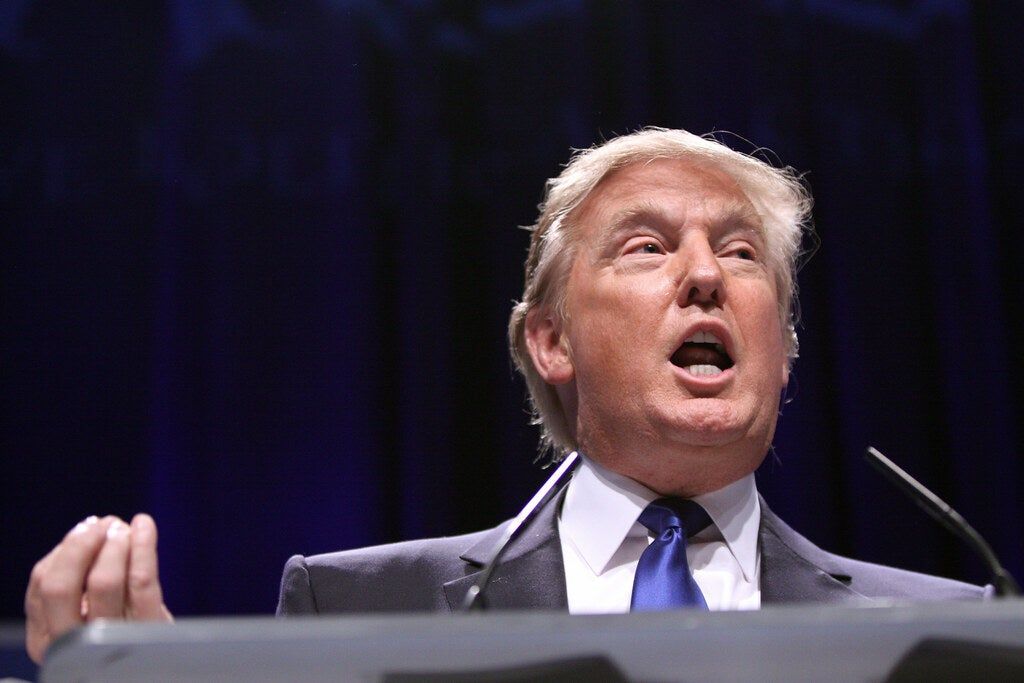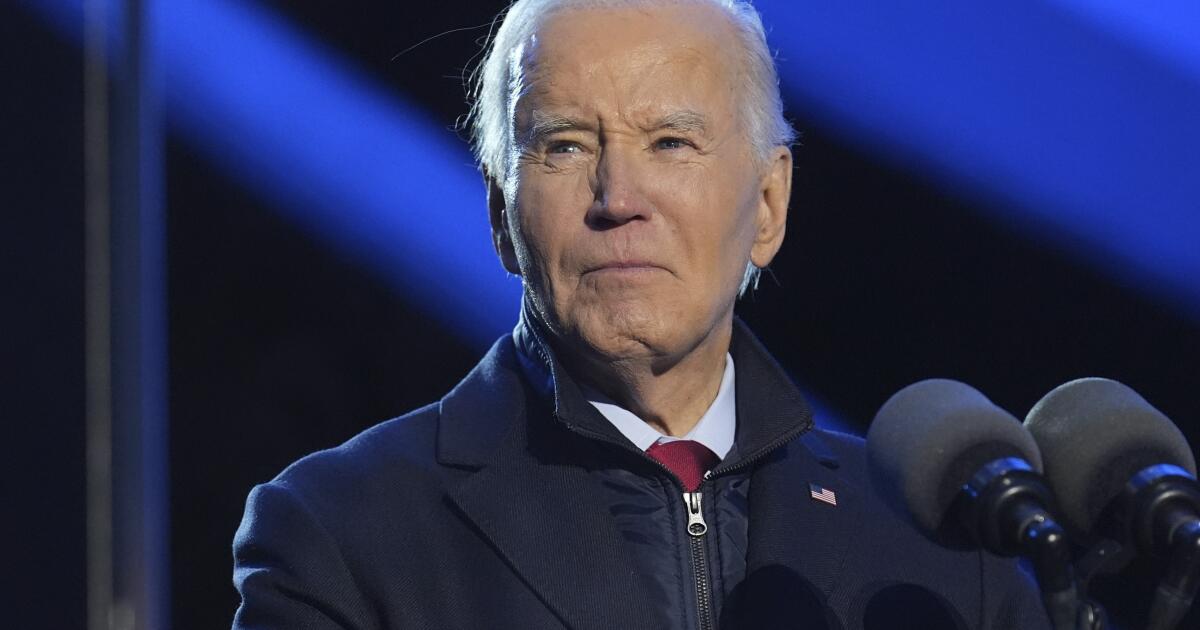The president of the United States, Donald Trump, has announced a new reference rate of 10% over all imports to the US, entering into force on April 5. It is also imposing additional “reciprocal” levies in approximately 60 countries that represent the largest taxpayers to the United States commercial deficit, a measure that significantly impacts technological prices. These include:
- 46% of tariffs on Vietnam goods.
- 32% of tariffs on goods of Taipei and Taiwan.
- 26% of tariffs on goods of India.
- 25% of tariffs on southern Korea goods.
- 24% tariffs on goods in Japan.
- 20% tariff on EU goods
China faces a 34% reciprocal tariff, in addition to the 20% rate that is already in place. These percentages were calculated to generate income equal to the commercial deficit with each country and then in half. Reciprocal tariffs will enter into force on April 9.
Trump says that commercial deficits, in which the United States spends more on imports from these nations of what he earns through exports, are the result of higher foreign rates, non -tariff barriers and economic policies abroad that depress wages and limit internal consumption. Tariffs have also been applied to countries with low rates, but high commercial surpluses with the United States such as the United Kingdom and Australia.
The president managed to approve them without the approval of the Congress, declaring a national emergency and claiming that persistent trade imbalances undermine national security by weakening the manufacture of the United States and exposing supply chains to foreign dependence.
SEE: Trump import rates: how prices, jobs and trade shake
Separately, Trump has revoked tariff exemptions in Chinese imports valued at $ 800 or less and intends to extend this policy to other countries with comparable exemptions. Canada and Mexico will not face higher rates that were given in February, and the goods that comply with the United States Agreement – Mexico -Canadá (USMCA), including cars in Canada and Mexico, remain exempt.
In response, the United Kingdom has offered the main American technology companies reductions to its digital services tax in exchange for relief of new commercial barriers, according to The Guardian. Meanwhile, the president of the European Commission, Ursula von der Leyen, said that the EU is “prepared to respond” with countermeasures and that “has many cards, from commerce to technology to the size of our market”, through Associated Press.
How will these rates affect you?
While these tariffs were taken to restore economic justice, boost manufacturing and create more jobs in the United States, they are also expected to generate price increases in technological products. According to CNBC, after Trump's announcement on April 1, Nvidia's shares fell 5%, while Apple and Amazon fell 6%. This is due to the fear that their operating costs will increase and supply chains, which depend largely on manufacturing and imports abroad, will be interrupted.
The US chips manufacturer. NVIDIA should be a bit protected from the impact due to Trump's exemption on semiconductors, saving it from the 32% rate in the chips manufactured in Taiwan by TSMC. However, it is not clear if the semiconductor exemption will also cover the 10% reference rate in all imports.
It is likely that Apple products, mostly manufactured in China, India and Vietnam, become more expensive as the company passes greater import costs in US consumers. UU. Amazon could do the same, since a high proportion of the products that appear in its market are from Chinese vendors. The electronic commerce giant will be specially affected by the elimination of tax exemption in products below $ 800.
The United States is based on China and Taiwan for approximately 80% of its foundry capacity for chips of 20 to 45 Nm and approximately 70% for chips from 50 to 180 Nm. Technology companies can try to change the supply to reciprocal countries free of rates, but many will pass additional consumers.
The first tariffs were established in February
These new rates come after those imposed in February: 25% in all imports from Canada and Mexico, except energy resources and minerals, 20% in Chinese products and 25% in the technological components of the European Union such as semiconductors. With 80% of the foundry capacity of the United States for the key sizes of semiconductors that currently depend on China and Taiwan, experts predict domain effects throughout the technological sector, impacting everything, from smartphones and cloud services to AI infrastructure.
At that time, Gil Luria, Chief of Technology Research at Da Davidson, told Bloomberg that part of the reason why Trump is implementing tariff and the level to which it will determine the scale of the impact of tariffs on the great technological players.
SEE: Were the White House tariffs made by AI?
Data centers and the infrastructure of AI face higher costs
Extended tariffs on aluminum and steel from February are predicted to data centers, since these materials are essential for server racks, cooling systems and other infrastructure, which increases construction costs and equipment.
Additional spending and possible supply chain interruption can be reflected in the cloud storage prices of companies such as AWS, Google Cloud and Microsoft Azure, as well as SAAS and AI companies that use large -scale data processing. It could also delay plans to build new data centers that companies have allocated to meet the growing demand for AI.
However, the declared intention is to reduce the dependence of foreign adversaries. While this can lead to higher prices for consumers in the short term, it could also boost investment in national industries and increase supply chain resilience.
SEE: Microsoft will invest $ 80 billion in AI data centers in fiscal year 2025
Technology companies increase the manufacture of the United States
Even before the rates, many companies have announced plans to build new facilities within the US, which is a trend that probably continues. In March, TSMC promised to expand its expense in construction data centers in the USA at $ 160 billion, which considers the “largest foreign investment in the history of the United States.”
In February, Apple announced that it will spend $ 500 billion on manufacturing and research in the United States in the next four years. In January, the Stargate project was launched, which saw companies such as Softbank, Openai and Oracle dedicate $ 500 billion to the generative AI infrastructure in the US. UU., Including data centers.
At the TSMC investment press conference, Trump added that there are still “more companies) that want to announce” construction projects in the United States. These companies could absorb the business of foreign competitors in the chip, the cloud and other hardware markets.










